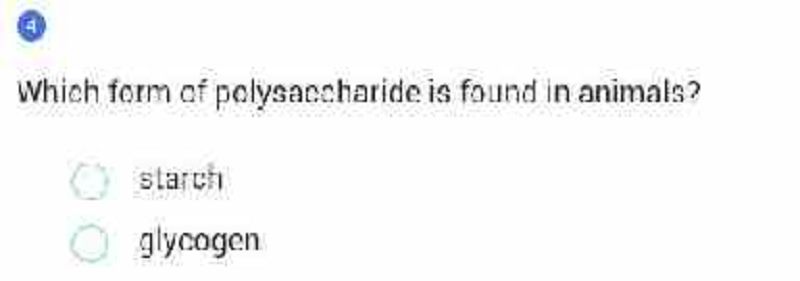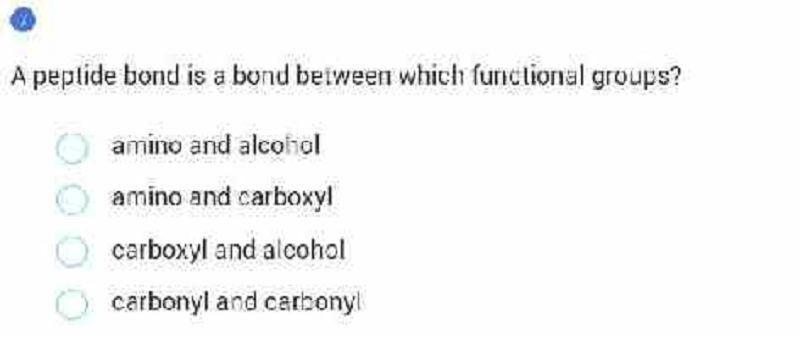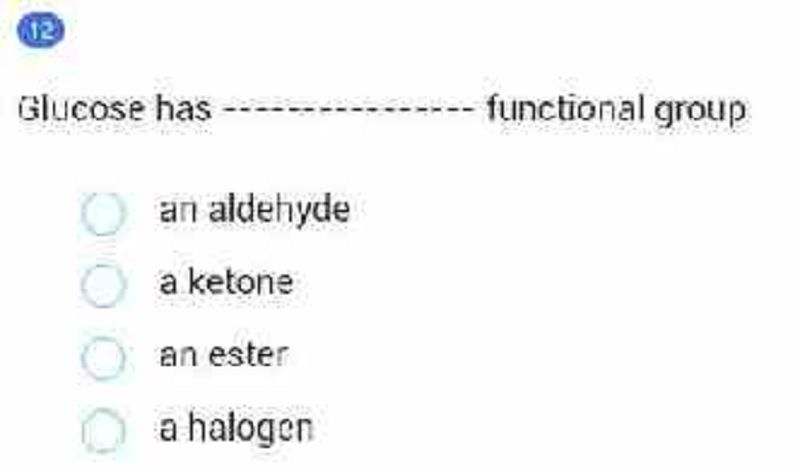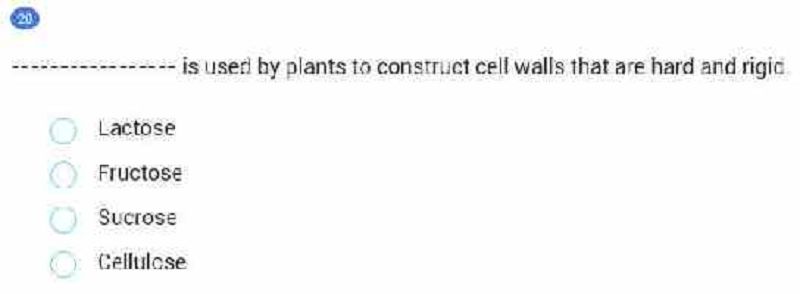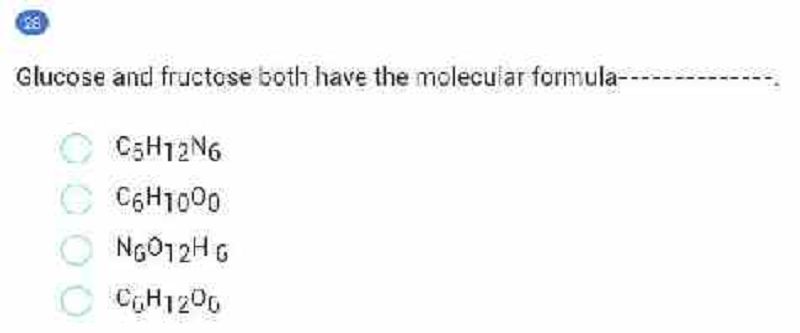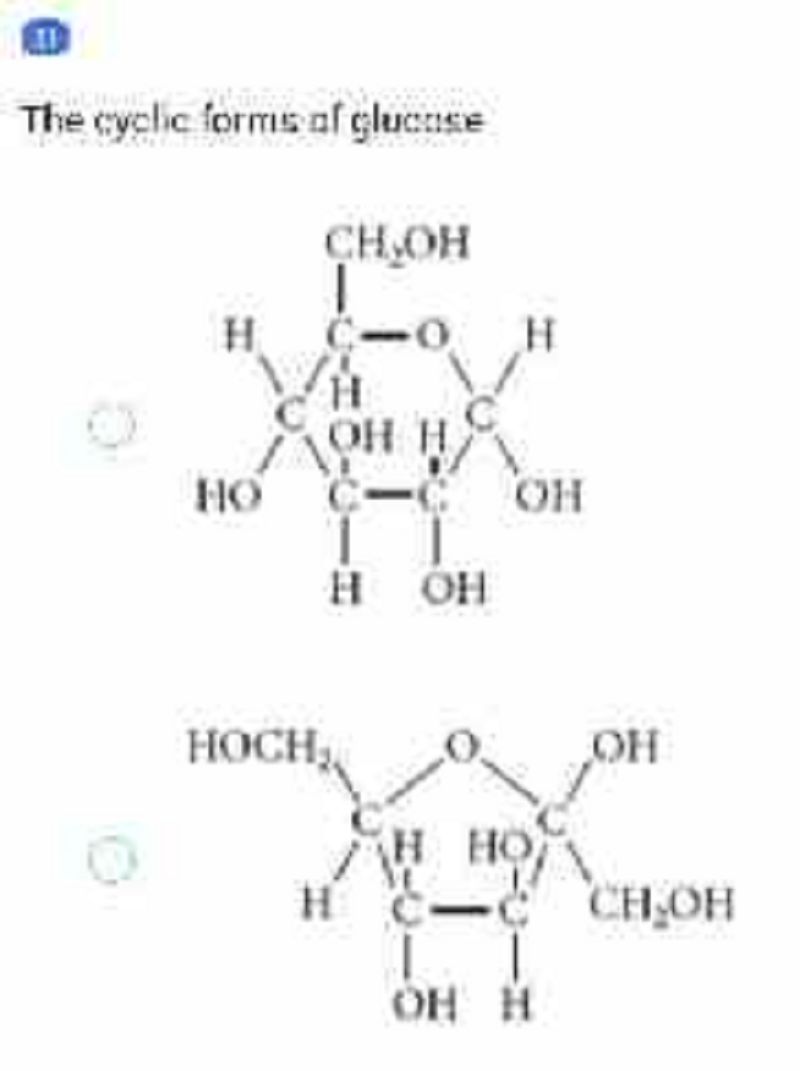Chemistry :)
{"name":"Chemistry :)", "url":"https://www.quiz-maker.com/QPREVIEW","txt":"Test your knowledge of chemistry with our engaging quiz designed for students and enthusiasts alike! Dive into 31 carefully curated questions that cover various topics in chemistry, from organic compounds to biochemical processes.Whether you're preparing for a class or just want to challenge yourself, you'll find:Multiple-choice questionsA range of topicsFun and educational experience","img":"https:/images/course1.png"}
More Quizzes
Chemistry quiz
13616
Language Of Chemistry Exam Preparation- Mock Test
10519
Addition, Subtraction and Multiplication
211035
Theaterquiz (>13 jaar)
33160
Human Development (HBSE I) - Free Exam Prep
15817111
Match Network Media to Situations - Free Practice
201015980
Which Community Do You Belong To? Free Tribe
201018274
ADHD for Women - Free Knowledge Test
201023071
Which Hair Color Are You Most Attracted To? Free
201017049
Free Cisco CCNA Practice Test - Networking & Routing
201018053
Mary Sue Test for Non-Human Characters - Free Online
201018126
Birthday Gift for Your Best Friend - Free Ideas
201018503




